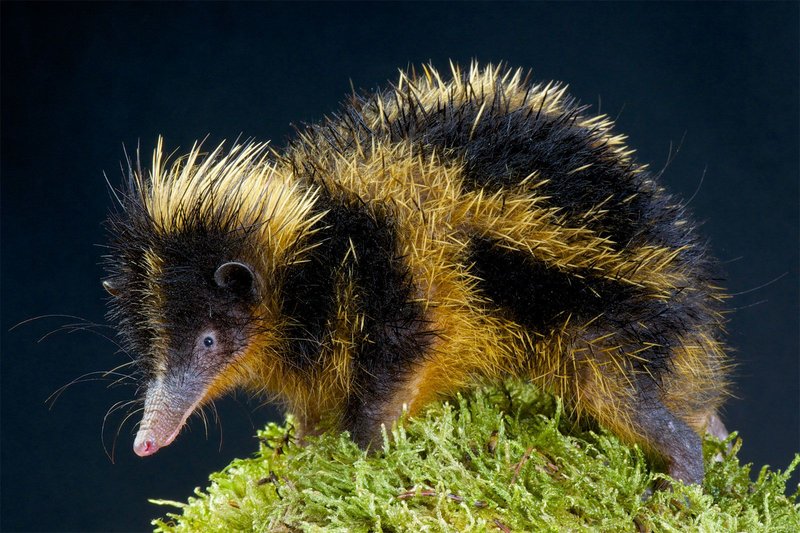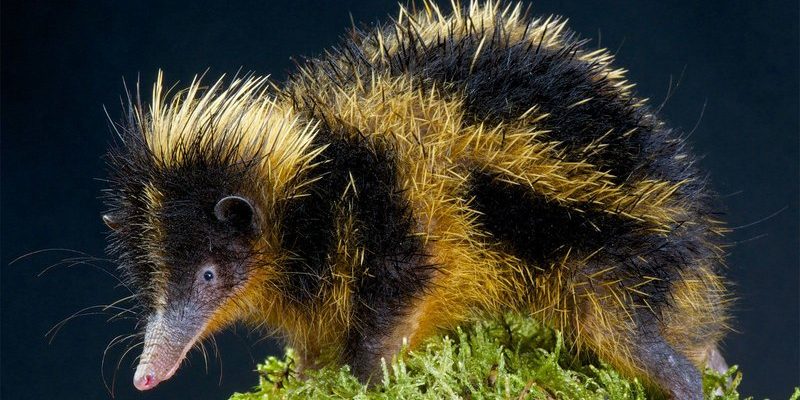
From ancient legends to modern interpretations, the tenrec weaves its way into narratives that reflect human values, fears, and dreams. Just like the way a shadow dances in the light, the stories surrounding the tenrec reveal much about the civilizations that tell them. Ready to explore this delightful creature’s role in culture and folklore? Let’s jump right in!
The Tenrec in Malagasy Culture
In Madagascar, the tenrec holds a significant spot in local folklore. It’s not just a creature seen scurrying around the undergrowth; it symbolizes resilience and adaptability. The Malagasy people often tell stories featuring the tenrec, linking its characteristics to human traits. For instance, its ability to survive in harsh environments serves as a metaphor for perseverance in the face of adversity.
Many Malagasy legends feature the tenrec as a clever character, showcasing its quick thinking and resourcefulness. Just as someone might root for a hero in a tale, the tenrec emerges as a figure of cunning success against challenges. These stories are passed down through generations, shaping a cultural respect for this small mammal and highlighting its importance in the ecological balance of Madagascar.
Tenrec Folklore and Symbolism
When it comes to folklore, the tenrec is often used as a symbol of wisdom and cunning. In various tales, it often outsmarts larger animals, emphasizing that size doesn’t always equate to strength. This idea resonates deeply in many cultures, teaching that intelligence and strategy can triumph over brute force.
In one such story, the tenrec cleverly avoids a predator by using its environment, showcasing its ability to adapt. This shows listeners that using one’s environment wisely is key to survival. Folk tales like these often serve to teach valuable moral lessons, encouraging listeners to think creatively when faced with difficulties.
Representation in Art and Literature
The tenrec’s unique appearance and behavior make it an attractive subject in art and literature. Artists often depict it with exaggerated features that capture its spiny coat and playful demeanor. These representations can evoke a sense of whimsy, drawing viewers in with the tenrec’s charm.
In literature, you might find the tenrec appearing in children’s books and fables, often acting as a voice of reason or a guide. Authors use this creature to embody themes of friendship, loyalty, and cunning intelligence. It connects with readers, reminding them that every creature has its own story, rich with lessons and insights.
Modern Uses of the Tenrec in Popular Culture
Fast forward to today, and the tenrec pops up in various forms of media and modern storytelling. Kids’ cartoons often portray tenrecs as quirky sidekicks or adventurous heroes thanks to their playful nature. This not only entertains but also educates young audiences about unique wildlife, sparking curiosity about animals from Madagascar.
Sometimes, you’ll even find the tenrec featured in environmental campaigns. By showcasing this creature’s importance in its ecosystem, these campaigns aim to raise awareness about conservation efforts in Madagascar. Through music, animation, or even merchandise, the tenrec becomes a symbol of wildlife preservation, reminding us of our duty to protect these fascinating creatures.
The Tenrec in Global Cultures
Outside of Madagascar, the tenrec is less commonly known, but it continues to capture the imagination of those who encounter it. In different parts of the world, it can symbolize various things based on local beliefs. For some cultures, its unique ability to curl into a ball when threatened may represent self-protection and defense.
Interestingly, the tenrec has also found its way into scientific studies and documentaries. These representations help share authentic stories of the tenrec, exploring its role in the ecosystem and the unique characteristics that make it stand out. It bridges the gap between folklore and factual understanding, showing how a cultural lens can enrich our perception of the natural world.
Conservation and Cultural Significance
With its cultural depth, the tenrec also highlights important conservation issues. As Madagascar faces ecological challenges, local stories and traditions about the tenrec can inspire people to protect it. When folklore emphasizes the tenrec’s resilience and adaptability, it can encourage community efforts to preserve their habitat.
Additionally, cultural narratives can drive attention to conservation projects. The more people relate to the tenrec through stories, the more they may feel a connection to the broader environmental issues. This blend of culture and conservation ultimately supports initiatives to safeguard the tenrec and its home.
The tenrec isn’t just an endearing animal; it embodies a rich tapestry of cultural significance, folklore, and environmental messages. From its stories in Madagascar to its appearances in modern media, this little creature teaches us about resilience, adaptation, and the importance of nature.
As we learn more about the tenrec’s role in culture and folklore, we’re reminded of the interconnectedness of life and the stories we share. By valuing these narratives, we can foster a deeper appreciation for wildlife and inspire efforts to protect it. So next time you hear a tale about the tenrec or catch a glimpse of it in a book or show, remember the rich heritage it carries with it—connecting cultures, teaching lessons, and nurturing our love for nature.

